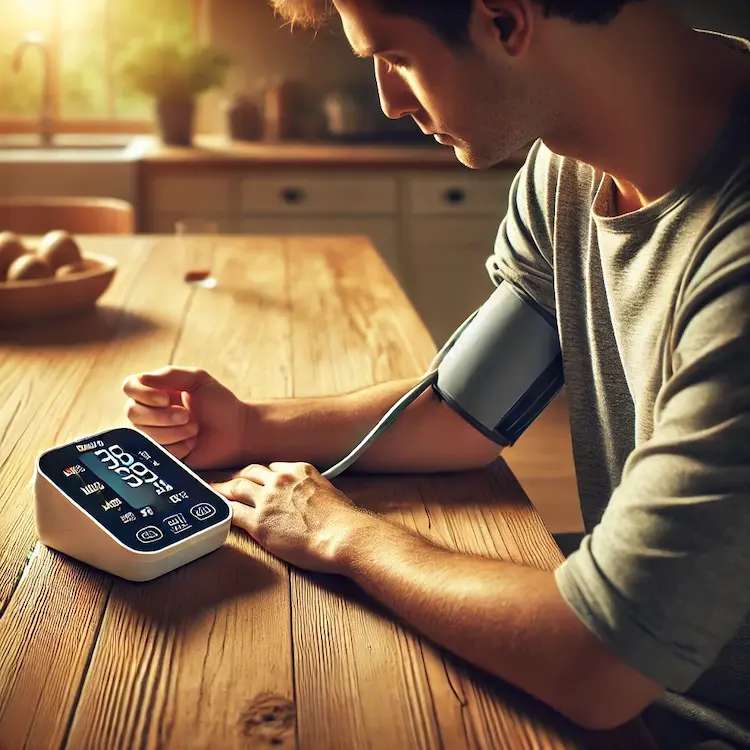Managing blood pressure effectively is crucial for maintaining long-term health, especially for individuals with hypertension or heart-related conditions. The Omron M500 and Omron M700 are two popular upper-arm blood pressure monitors designed to offer accuracy, comfort, and convenience. But which one is better suited for extended use?
This detailed comparison will break down their features, accuracy, ease of use, long-term reliability, and value for money. We’ll also explore how they fit into a broader health management strategy and provide practical tips on choosing the right device based on individual needs.
Regular blood pressure monitoring helps detect hypertension, cardiovascular risks, and medication effectiveness early. According to the World Health Organization (WHO), 1.28 billion adults worldwide have hypertension, but nearly 46% are unaware of their condition. Having a reliable, easy-to-use home blood pressure monitor reduces reliance on clinic visits and helps in maintaining consistent health records. Devices like the Omron M500 and M700 are particularly beneficial for:
Both models are clinically validated, but how do they compare in terms of features and usability over extended periods?

| Feature | Omron M500 | Omron M700 |
|---|---|---|
| Cuff Type | Intelli Wrap (22-42 cm) | Intelli Wrap (22-42 cm) |
| Display | Standard digital screen | Larger, high-contrast screen |
| Memory Storage | 100 readings (2 users) | 200 readings (2 users) |
| Smart Connectivity | No | Yes (Bluetooth, Omron Connect App) |
| AFib Detection | Yes | Yes |
| Power Source | Battery & AC adapter option | Battery & AC adapter option |
| Comfort & Usability | Moderate | Enhanced usability for elderly users |
| Price Range | Mid-range | Slightly higher |
Both devices use Omron’s Intelli Wrap Cuff, which ensures accurate readings by reducing common errors from incorrect cuff positioning. Clinical tests indicate that the M700 has a slight edge in accuracy because of its improved data averaging feature.
Omron M700 is designed for long-term usability:
While the M500 is simpler, it lacks Bluetooth connectivity—a downside for users who prefer digital health tracking.
| Factor | Omron M500 | Omron M700 |
|---|---|---|
| Best for… | Basic users | Tech-savvy & elderly users |
| Monitoring Frequency | Occasional | Frequent |
| Data Management | Manual record-keeping | App-based tracking |
| Long-term Comfort | Good | Better (ergonomic screen) |

Both the Omron M500 and M700 provide accurate blood pressure readings and are reliable for long-term use. However, if smart connectivity, extended memory, and a user-friendly interface are essential, Omron M700 is the better choice. If you need a straightforward, budget-friendly option, the M500 still offers excellent clinical accuracy without digital features.